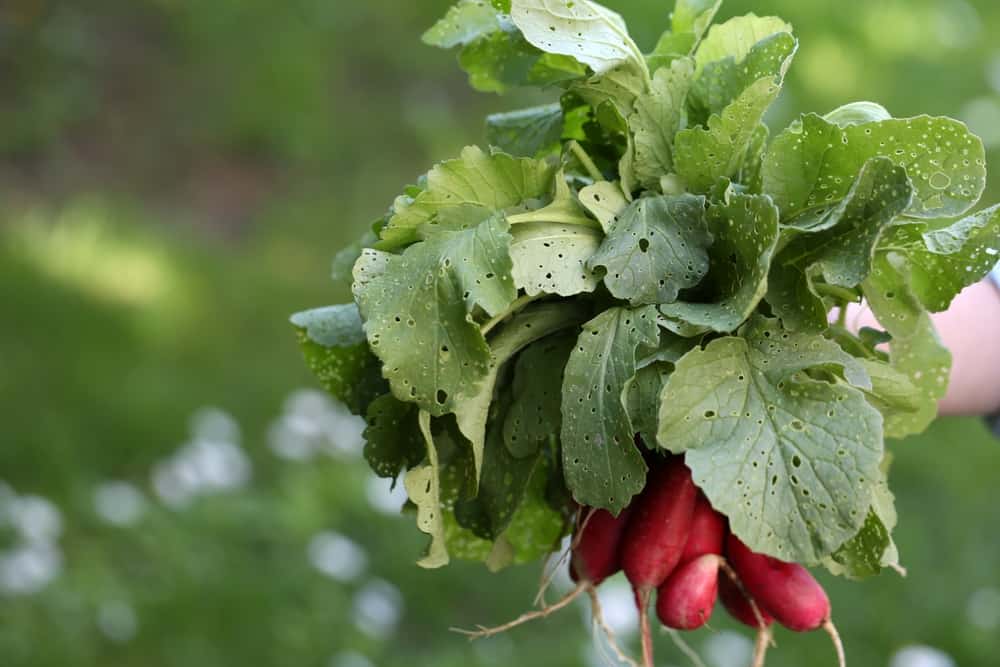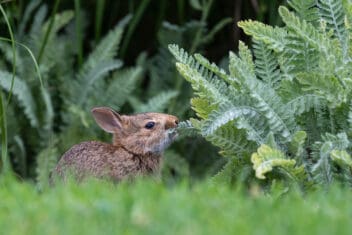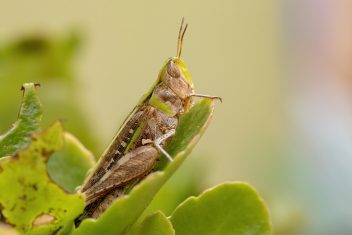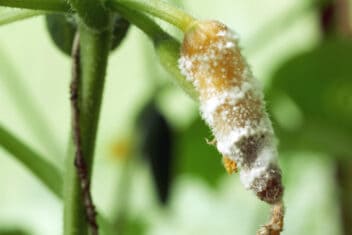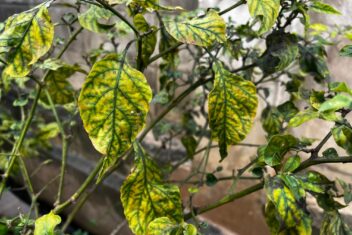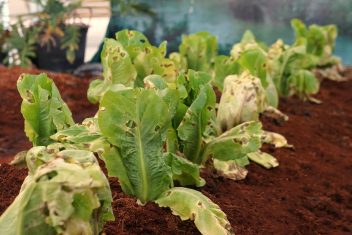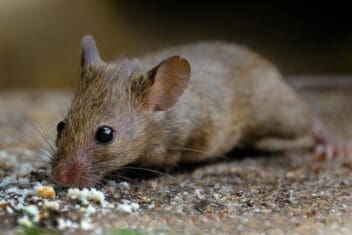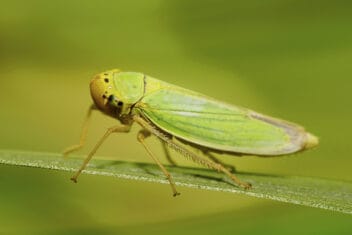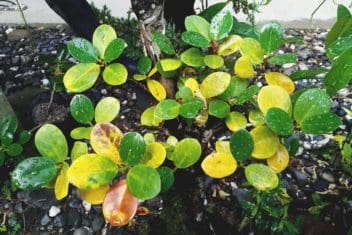If you love radishes, you’ve likely tried to grow them at least a few times so far. These low-maintenance root vegetables are fiery and delicious, and tend to thrive with neglect. That said, some radish pests can wreak havoc on your crop.
Get familiar with the most common radish pests so you can be prepared to either fend them off or treat them effectively. You may not be able to prevent all potential radish issues, but catching issues early can make a massive difference at harvest time.
Here are 14 of the most common ones, and how to deal with them.
Invertebrates
The most common radish pests you’ll have to contend with are insects. They can appear seemingly out of nowhere and annihilate whatever you have growing in your garden.
1. Cabbage Maggots


Certain fly species (looking at you, Diptera) like to lay their eggs on the soil near cruciferous vegetables. When those eggs hatch, their larvae (maggots!) wriggle down and enter these vegetables’ roots. They burrow in and eat the flesh around them, rendering it unusable for human consumption.
Deter them by planting stinging nettles around the area and sprinkling diatomaceous earth on the soil around your radish plants. Once they’ve settled in, your only choice is to discard the root they’ve destroyed. Hopefully, the radish greens will still be salvageable to eat, though!
2. Cabbage Loopers
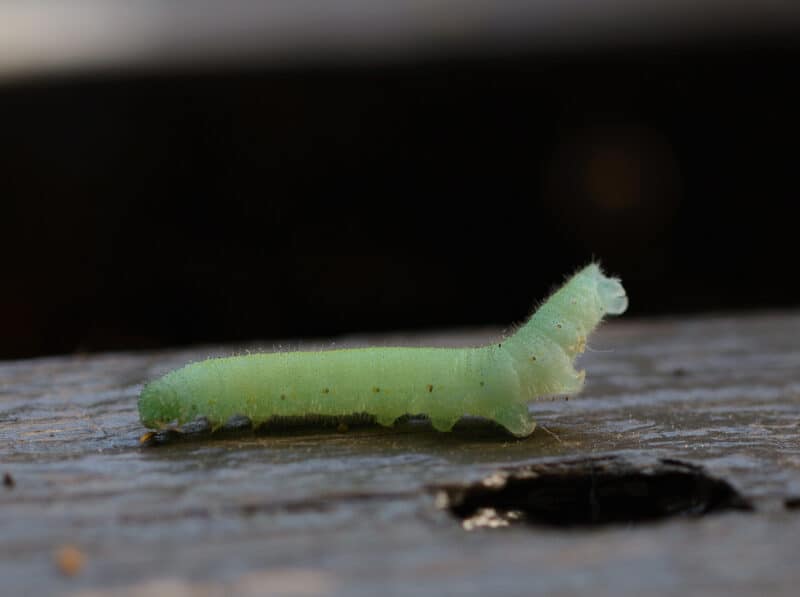

Cabbage loopers are the larvae of owlet moths (Trichoplusia ni). Like the maggots mentioned above, they’re obnoxious radish pests that can be difficult to get rid of. That said, loopers tend to decimate brassica leaves rather than roots and thus can be contended with a bit more easily.
Fend them off with floating row covers, and plant dill or chives nearby to help deter them. You can also plant yarrow and calendula in the area: these attract braconid wasps, which will destroy larvae that feast on your plants. Additionally, you can check the radish leaves’ undersides and scrape off any eggs that you find.
3. Cabbage White Butterfly Larvae
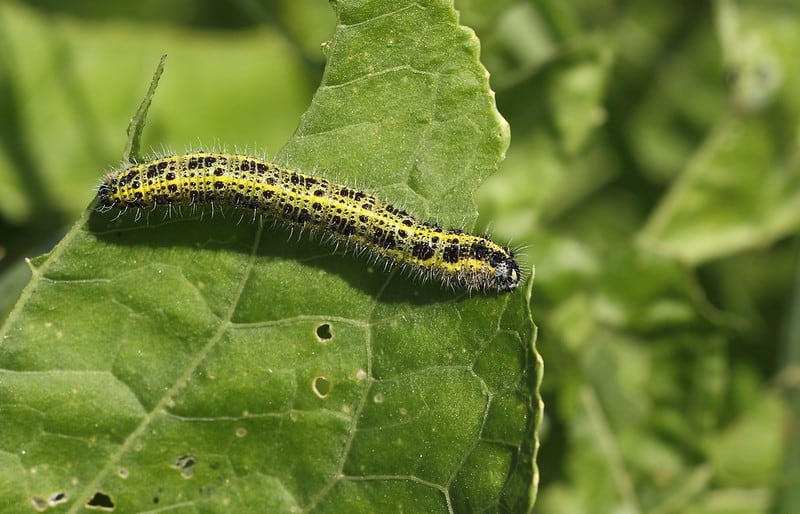

The larvae of Pieris rapae and Pieris brassicae butterflies behave the same way as the loopers mentioned above, namely devouring radish leaves with great gusto. As such, they can be dealt with the same way.
Additionally, note that colorful brassicas are less appealing to these insects than green ones. Since their larvae are green, they look for green leaves to help camouflage them. As such, if you can find cultivars with purple, red, or pale leaves, you’ll have fewer bugs to contend with.
4. Cutworms
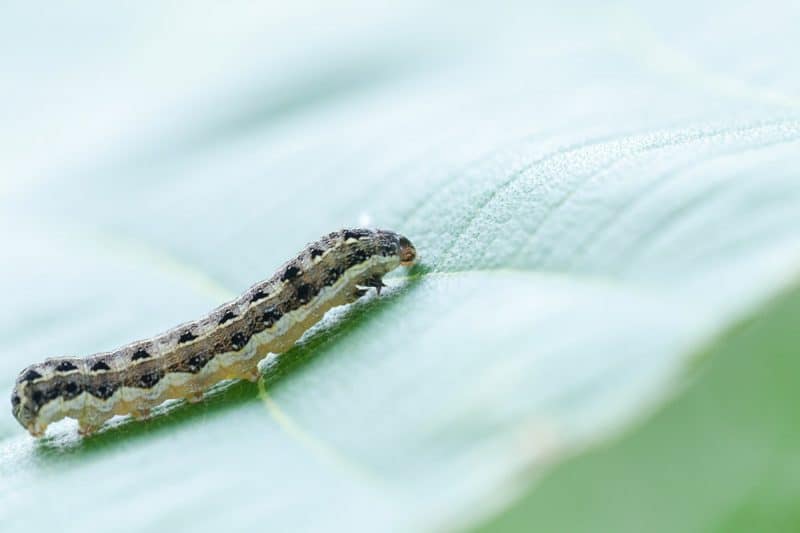

These little bastards tunnel through stems at ground level. They munch their way through them, leaving them to topple over or die off after they’re done. Radishes need their leaves to provide them with vital nutrients as the roots grow. As such, cutworm damage will destroy both the tasty root, and any aerial parts.
Since they lay their eggs in the soil, you can reveal them to the elements by tilling your soil in autumn and springtime. Whatever eggs and larvae aren’t killed off by frost will be eaten by birds and other insects.
Alternatively, you can plant “trap crops” such as sunflowers or mustard around the periphery of your radish beds. In addition, plant pollinator-attracting flowers nearby. Fireflies and birds love cutworm larvae and will gobble them up if they have safe habitats to chill in nearby.
5. Aphids
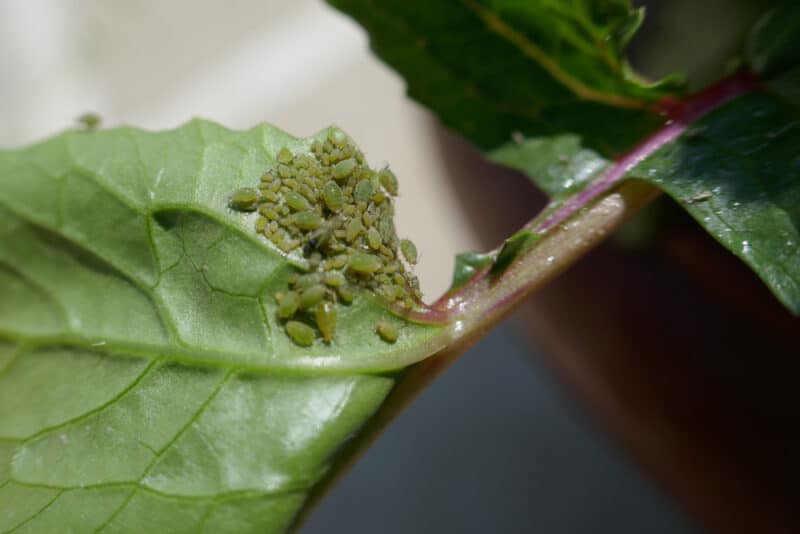

Aphids can attack pretty much any plant you have in your garden. If you have them on some of your other vegetables, they’ll inevitably become radish pests as well.
These can be avoided by using floating row covers, but you can also spray your plants down with neem oil to get rid of them. Additionally, be sure to introduce or encourage ladybugs into your garden. They make short work of aphids and can save you a lot of time, money, and heartache.
For more tips, check out our guide to aphids in the garden.
6. Flea Beetles
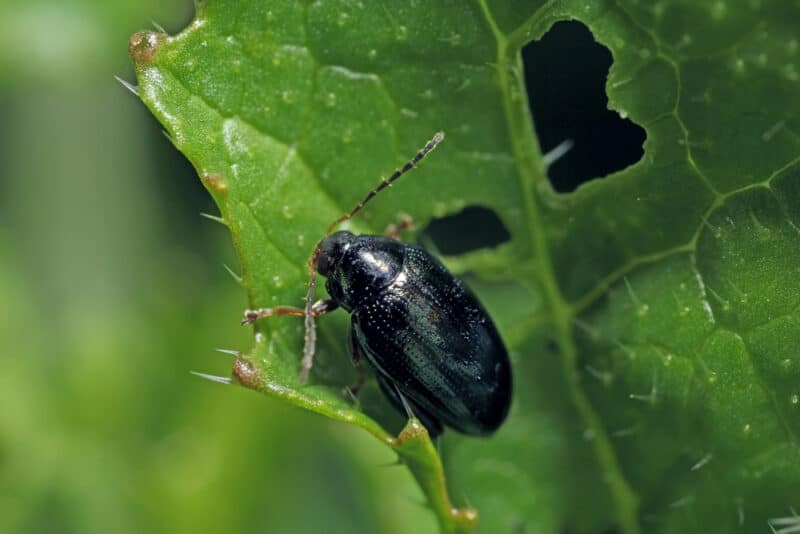

While flea beetles may not cause irreparable damage to adult plants, they can be absolutely devastating to seedlings. They take little bites as they crawl along, which can do far more damage to a four-inch plant than a foot-tall one!
That said, flea beetles’ status as terrible radish pests has more to do with the diseases they carry than the damage their appetites do firsthand.
Till the soil before planting, and wait a bit longer than usual to transplant seedlings outside. These insects generally have a small feeding window in their growth cycle. If you bypass it, your radish plants are less likely to become food for them.
Spray your plants with neem oil and sprinkle diatomaceous earth around for extra deterrent power.
7. Harlequin Bugs
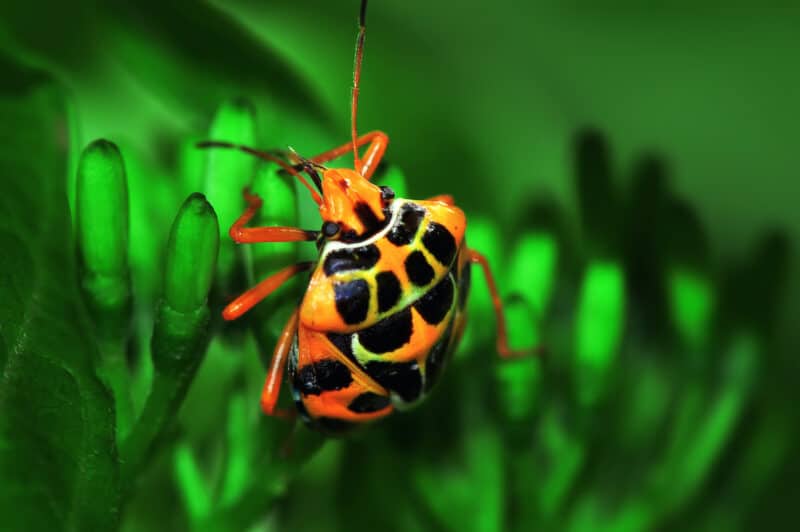

These brightly colored insects suck the life out of plant leaves, rendering them papery and useless. They love hot weather and can breed prolifically if unchecked.
Fortunately, they also dislike neem oil immensely, and their numbers can be kept in check by destroying egg clusters beneath leaves.
Additionally, since spiders love harlequin insect eggs, they’re some of your greatest allies in the fight against these radish pests. Mulch around your plants and leave some detritus around for spiders to hide in, and they’ll help you out.
If these methods don’t work for you, consider a trap crop. Harlequin bugs absolutely love mustard greens. As a result, growing some mustard plants about 20 feet away from your radishes will lure the buggers away.
8. Slugs and Snails
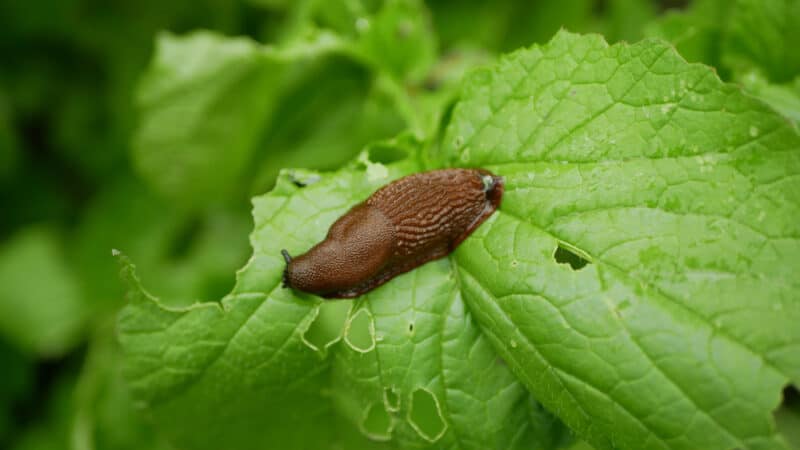

If you’ve found streaky slug or snail trails on your radish greens, then you’ll need to take action before they eat everything in your garden. Grab a flashlight and head out to your radish beds in the early morning and about an hour after dusk. This is when these jerks are the most active.
You can pick them off your plants and either drown them in saltwater, or feed them to your poultry. Additionally, you can scatter coffee grounds, broken eggshells, and copper pennies around the area to keep them at bay. You can also try a beer trap if these other methods don’t work.
9. Ants
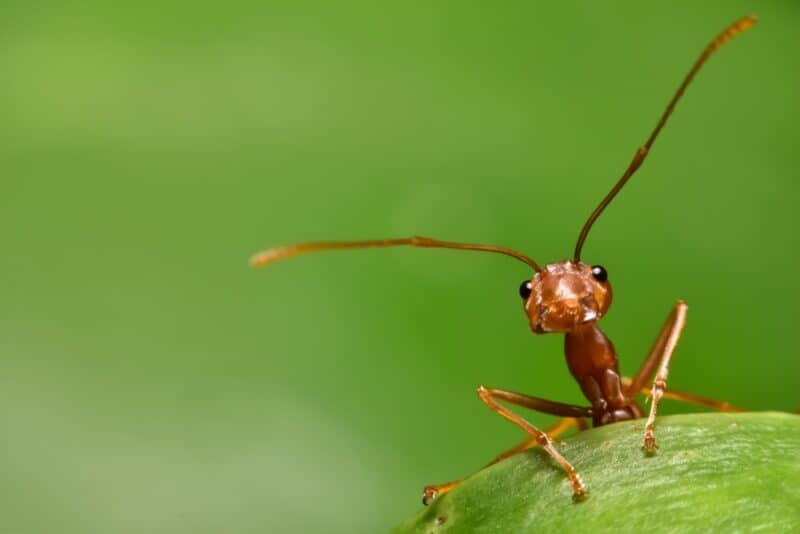

Now, ants aren’t specifically radish pests per se, but they can be very bad neighbors. We made the mistake of planting some crops when we first moved into our new place instead of testing the soil extensively first. As such, we discovered that there were established ant colonies nearby that didn’t take well to our intrusion.
If there are a lot of ants nearby, they can create colonies beneath your plants and chew through the roots. There’s also the possibility that a few ant bites will leave your plants vulnerable to soil-borne pathogens.
Try to avoid planting in ant territory whenever possible. If they’re being persistent, or if you’re dealing with ants that harm you when you’re outside (such as fire ants), you can combat them with a 1:3 ratio mixture of borax: white granulated sugar.
Herbivores
Few things are as frustrating as putting a ton of time and sweat into a garden only to have some local animals undo all your hard work. These are some of the most common interlopers.
10. Rabbits


While radishes may not be rabbits’ first choice, they’ll eat them if they’re hungry. Furthermore, if radish greens are more abundant and luscious than their normal wild fare, they’ll beeline for the tastier treats instead.
Herbivores don’t like the smell of alliums, so try cultivating chives, walking onions, and spring onions around your garden beds.
Alternatively, if there’s a wildlife park in your area, ask the keepers for some wolf or mountain lion poop. If you scatter that around the perimeter of your property, it’ll keep the herbivores at bay. This is because they’ll assume there’s high predator activity nearby, and they don’t want to get eaten.
11. Mice (and Other Small Mammals)
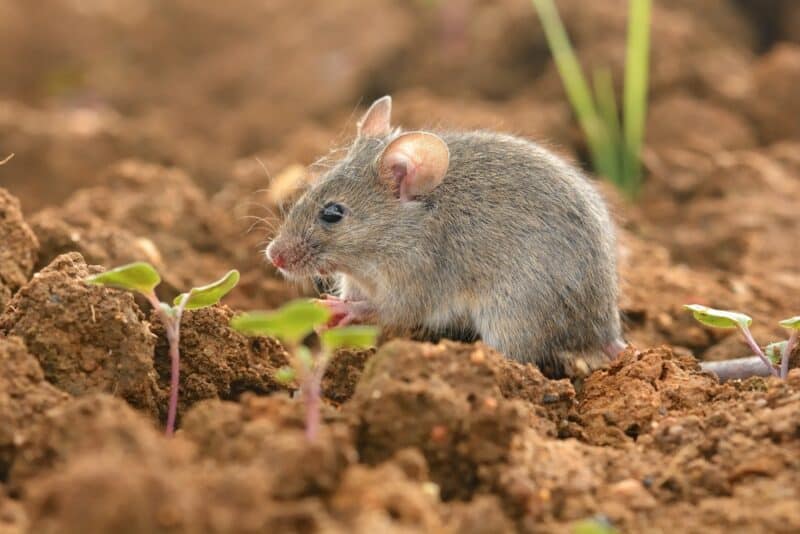

It’s challenging to keep small fuzzies such as mice, shrews, and voles out of the garden. After all, we’re in their native territory rather than the other way around. These aren’t specifically radish pests but rather little creatures who are nuisances to us as they try to survive.
They all have very sensitive noses, and they hate mint. As such, planting various mint (Lamiaceae) species around your garden beds will help to keep their presence low. We have lemon thyme and peppermint around ours, and although these do spread like wildfire, they also work wonders at keeping our vegetables uneaten by visitors.
12. Deer
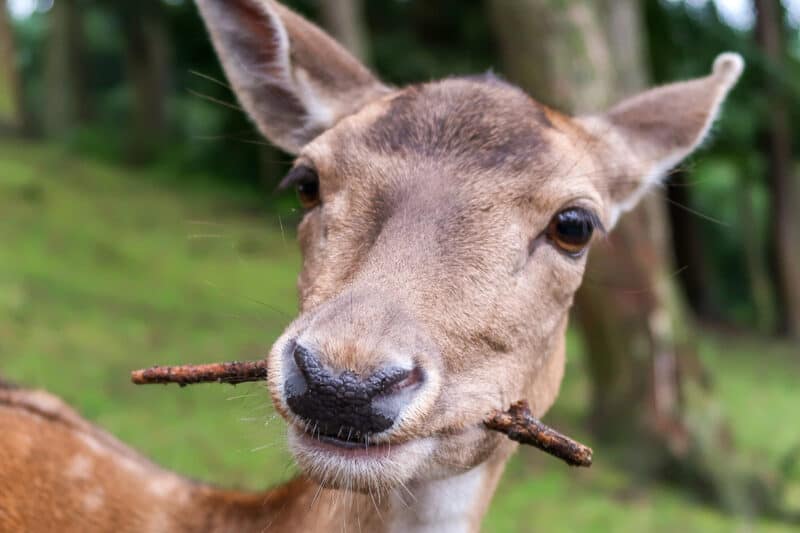

Deer tend to love radish greens, but they also avoid areas that have strong human or predator scents. If you don’t want to use wolf poop (or there isn’t any readily available), you can make your own presence known to keep the deer at bay.
Get your family members (and friends, if they’re up for it) to urinate around the periphery of your garden. Bonus points if it’s first thing in the morning. Deer have incredibly sensitive olfactory senses and will stay away if human scents are too strong.
13. Groundhogs
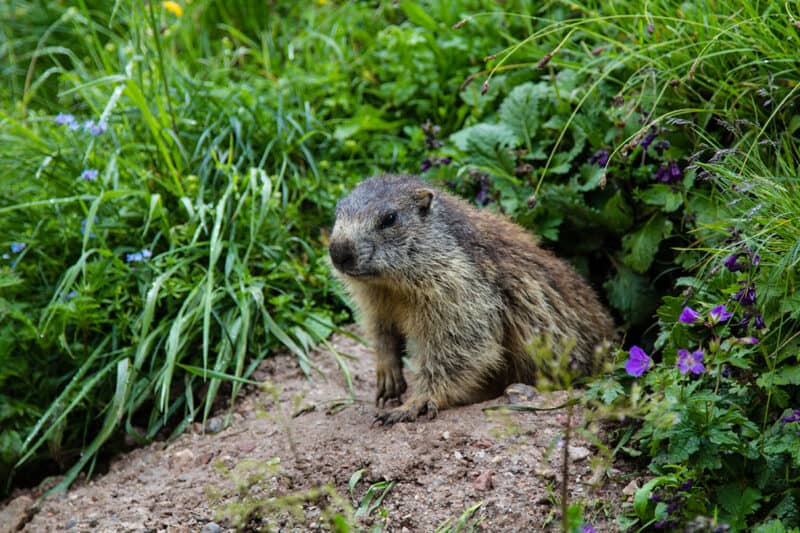

Among all the animal radish pests you may encounter, groundhogs (aka marmots or prairie dogs) are some of the most destructive. They absolutely love radishes and will happily plop their sizeable backsides into your garden and eat the lot, if allowed to.
If you’re trying to keep these from obliterating your crop, your best bet is to fence in your radish bed. Be sure to extend the fencing into the ground by at least 1′, as they’re enthusiastic diggers.
Additionally, if you have cats, sprinkle their used kitty litter around the area: they’re natural groundhog predators, and will encourage them to seek other food sources.
14. Raccoons
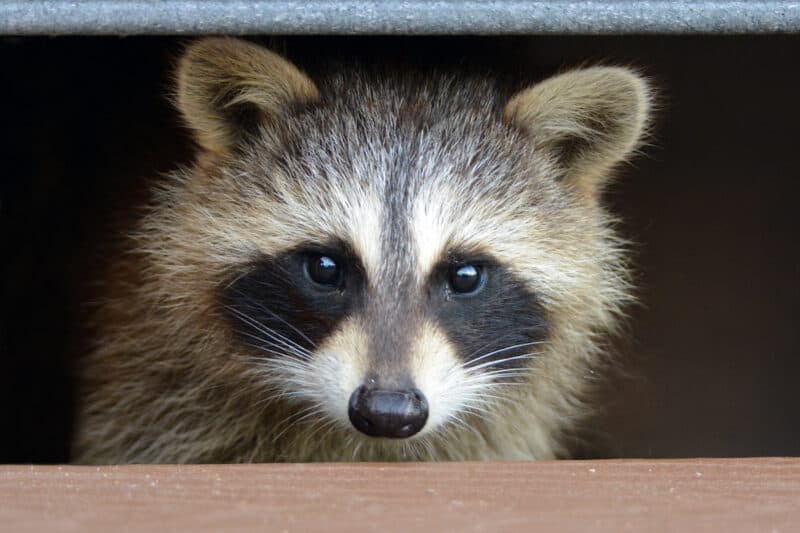

While raccoons may not have a taste for radishes, they can certainly cause a lot of damage in your garden beds. The trash pandas will dig down into the soil looking for tasty grubs to nosh on. In the process, they’ll uproot or trample whatever gets in their way.
Much like deer, rabbits, and groundhogs, these can be kept at bay by sprinkling predator poop around the area.
